Many researchers expand on Cleveland Clinic design
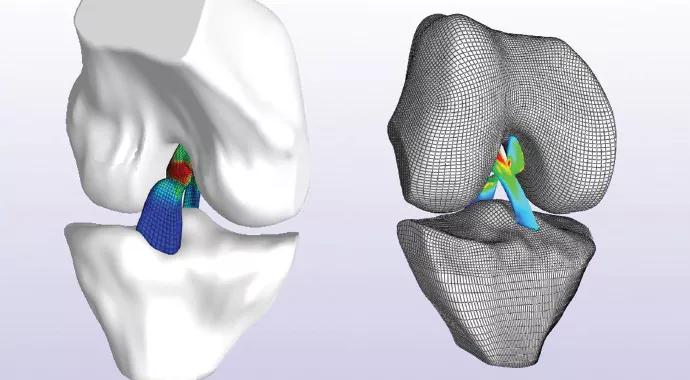
By Ahmet Erdemir, PhD, and Morgan Jones, MD, MPH
Advertisement
Cleveland Clinic is a non-profit academic medical center. Advertising on our site helps support our mission. We do not endorse non-Cleveland Clinic products or services. Policy
Many knee joint models have been reported in the literature, but none has been available for everyone to download and use — until recently. In 2010, researchers in the Computational Biomodeling (CoBi) Core in Cleveland Clinic’s Lerner Research Institute provided a detailed computational representation of the tibiofemoral joint as a freely available and open-access resource and called it Open Knee(s) – Generation 1 (Figure 1).

Figure 1. Joint anatomy and tissue mechanical properties can be represented in a computational model where simulations under various loading conditions can predict knee movements and deformations and stresses within tissues. When developed appropriately and evaluated adequately, such models can be reused for scientific conduct, training, design of engineering interventions and assessment of surgical procedures— and eventually for patient-specific diagnosis and treatment. Open Knee(s) provides an open, collaborative platform grounded in the scientific and translational capacity of musculoskeletal joint modeling and engages engineers, physicians and the user community to tackle the daunting development and evaluation process.
This model and the data on which it was founded enabled many investigators to quickly adapt computational modeling and simulation to explore the biomechanical environment of the knee joint and its substructures.1 Open Knee(s) – Generation 1 has been downloaded more than 500 times and has resulted in numerous peer-reviewed articles, conference abstracts, theses and derivative models (including models incorporating the patellofemoral joint). Most of these scholarly products were not by the original developers. The biomechanics research community embraced the opportunity to focus on the science of the knee’s mechanical behavior rather than tackling the tedious labor of model development.
Advertisement
Computational modeling and simulation have become significant tools for scientific and clinical advances in the biomechanics of musculoskeletal joints.2 For more than a decade, the biomechanics program at Cleveland Clinic has been building a bridge between advanced engineering principles of computational modeling and first-class orthopaedic research and care. The Open Knee(s) project was a natural product of this translational environment.1
A dependable computational model of the knee should rely on comprehensive data sets. Specimen-specific imaging can be used to reconstruct joint geometry, robotic testing can help quantify joint movements under known loads and tissue testing provides material properties; all are needed to build and validate in silico representations of the knee.
This logistically challenging data collection task is made possible by leading-edge resources available at Cleveland Clinic, including readily accessible and invaluable insight from expert physicians. Open Knee(s) is the first joint modeling initiative to incorporate such elaborate data and diverse input from various stakeholders for the development and evaluation of an in silico framework.
Inspired by encouragement from the community in response to Open Knee(s) – Generation 1, the Open Knee(s) researchers secured funding from the NIH’s National Institute of General Medical Sciences (principal investigator: Ahmet Erdemir, PhD) and are now working on the next generation of knee models, which are inclusive of both tibiofemoral and patellofemoral joints. Significant gaps still exist in reliable modeling and simulation of the knee to generate scientific knowledge and support clinical decision-making. Building on the open-source philosophy of the first generation, Open Knee(s) – Generation 2 aims to address limitations of existing knee joint models.
Advertisement
For the first time, the knee models will be fully specimen-specific, relying on specimen-specific material properties along with joint and tissue geometry to represent tissue behavior. In addition, specimen-specific joint testing will support evaluation of model performance in an individualized manner. This approach requires challenging experimentation that incorporates data from additional sources — MRI, robotic joint testing and tissue characterization testing — into the models.
Another overlooked limitation in knee joint modeling is the lack of detailed models representative of diverse populations. Open Knee(s) – Generation 2 will be a significant attempt to provide computational models of young/elderly, male/female and healthy/osteoarthritic knees.
An interdisciplinary advisory board with a core of Cleveland Clinic expert physicians oversees the progress of this ambitious project. Relying on freely accessible finite element analysis software, FEBio, from the collaborating team at the University of Utah (led by Jeff Weiss, PhD) and through a partnership with the NIH Center for Biomedical Computing at Stanford University, Simbios (Scott Delp, PhD, and Joy Ku, PhD), the Open Knee(s) project has already launched crowdsourcing pathways and will soon provide cloud-computing interfaces to deliver a multitude of dependable knee joint models in upcoming years.
The collaborative, open-source environment created by the Open Knee(s) project will enable clinicians and researchers to efficiently build on one another’s work to develop simulations of common disease states — e.g., osteoarthritis, meniscal deficiency and conditions influenced by ligament mechanics (Figure 2). These simulations will provide a trusted platform that can be used to test various interventions (including those not yet used clinically) to assess their impact on knee biomechanics. This resource will increase the efficiency of researchers who are exploring novel interventions for knee problems and allow quicker translation of research innovations to the clinical arena.
Advertisement

Figure 2. Computational models of the knee joint can provide the means to predict tissue mechanics as a function of joint movements. In the case of cruciate ligaments, for example, activities putting ligaments at risk of injury can be identified. Simulations can also be used for virtual prototyping — e.g., mechanical capacity of cruciate ligament reconstruction to stabilize the joint can be evaluated a priori. With its open-development philosophy, Open Knee(s) enables both the original developers and others to conduct such investigations to realize widespread and effective use of computational modeling in musculoskeletal biomechanics.
To learn more about Open Knee(s), download models or contribute to development, visit the project website at simtk.org/home/ openknee.
Funding for Open Knee(s) is provided by the National Institute of General Medical Sciences (NIH) (award number R01GM104139).
Dr. Erdemir is a staff member in the Department of Biomedical Engineering and founding director of the Computational Biomodeling (CoBi) Core in Cleveland Clinic’s Lerner Research Institute. He has been leading the development of Open Knee(s).
Advertisement
Dr. Jones is a staff physician in the Cleveland Clinic Center for Sports Health, Department of Orthopaedic Surgery, who has actively advised Dr. Erdemir’s laboratory on Open Knee(s) development.
Advertisement
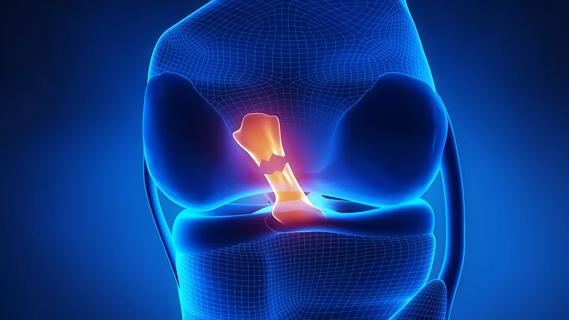
Study reports zero infections in nearly 300 patients
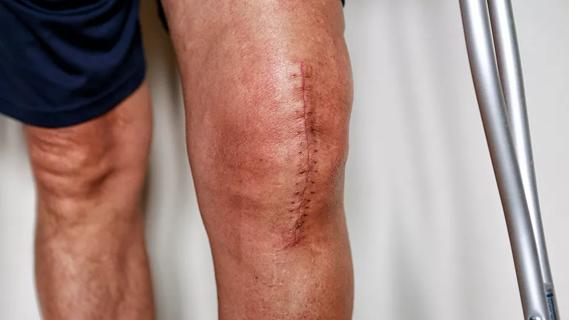
How to diagnose and treat crystalline arthropathy after knee replacement
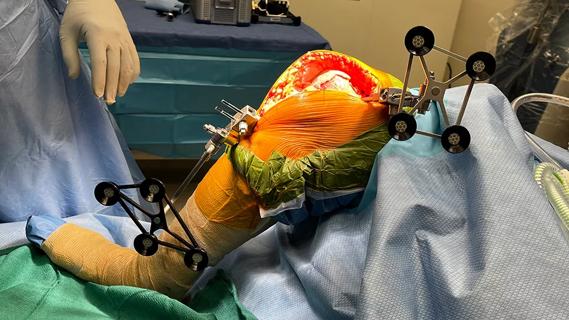
Study finds that fracture and infection are rare

Reduced narcotic use is the latest on the list of robotic surgery advantages
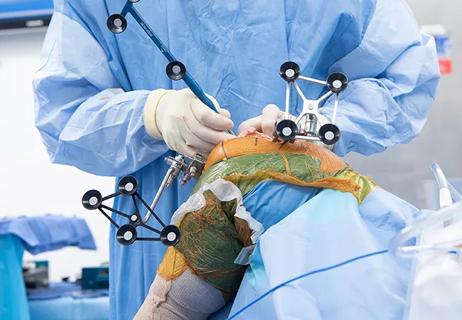
Cleveland Clinic orthopaedic surgeons share their best tips, most challenging cases and biggest misperceptions

How it actually compares to posterior and lateral approaches
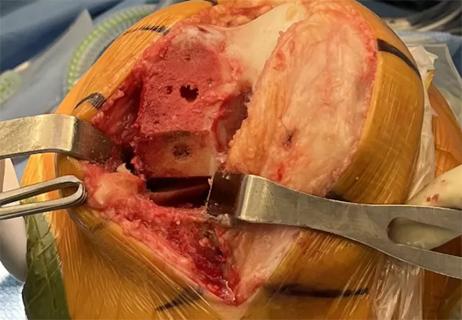
When procedure is performed by high-volume surgeons, outcomes are comparable to total knee replacement
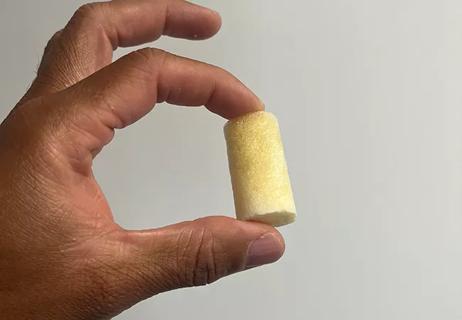
Clot substitute helps rejoin the stumps of a torn ligament